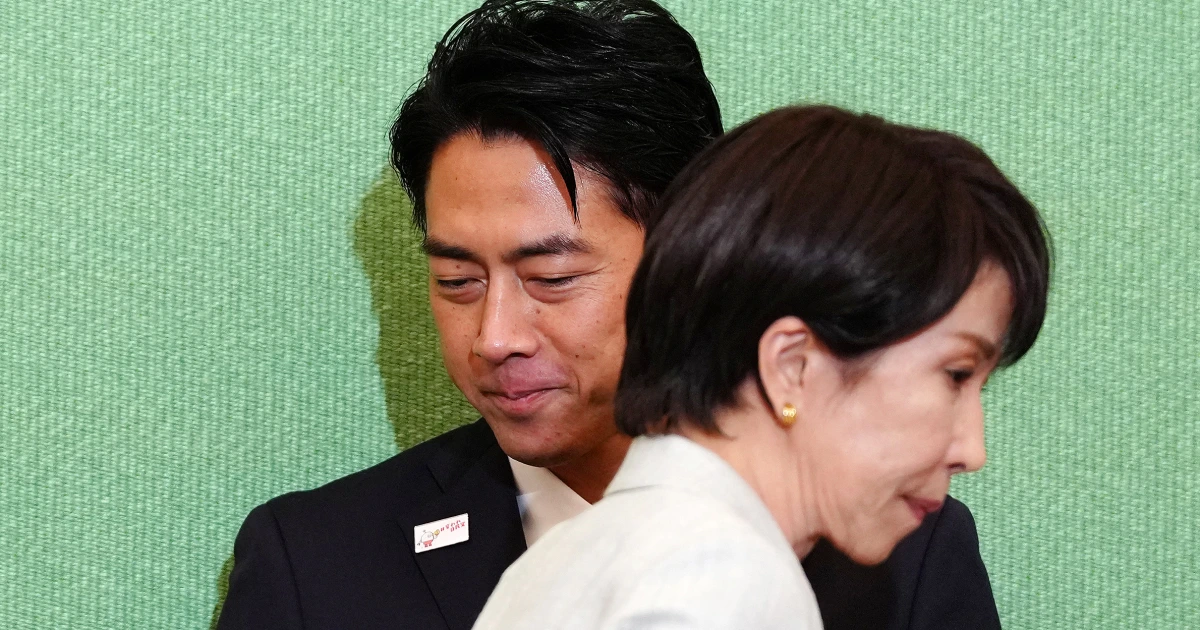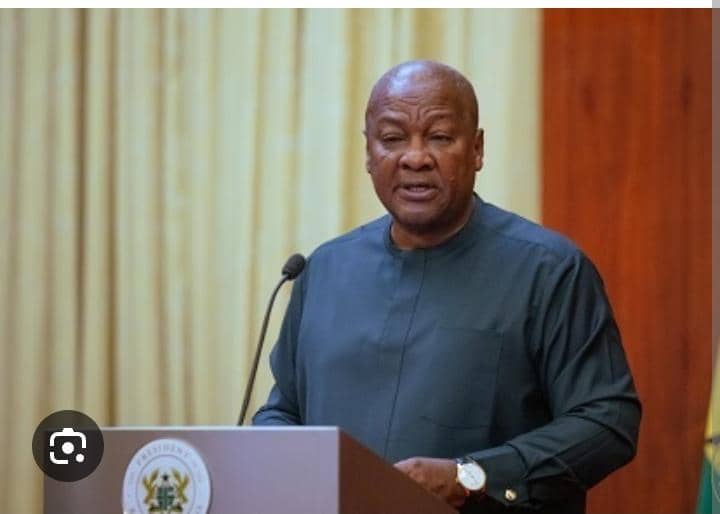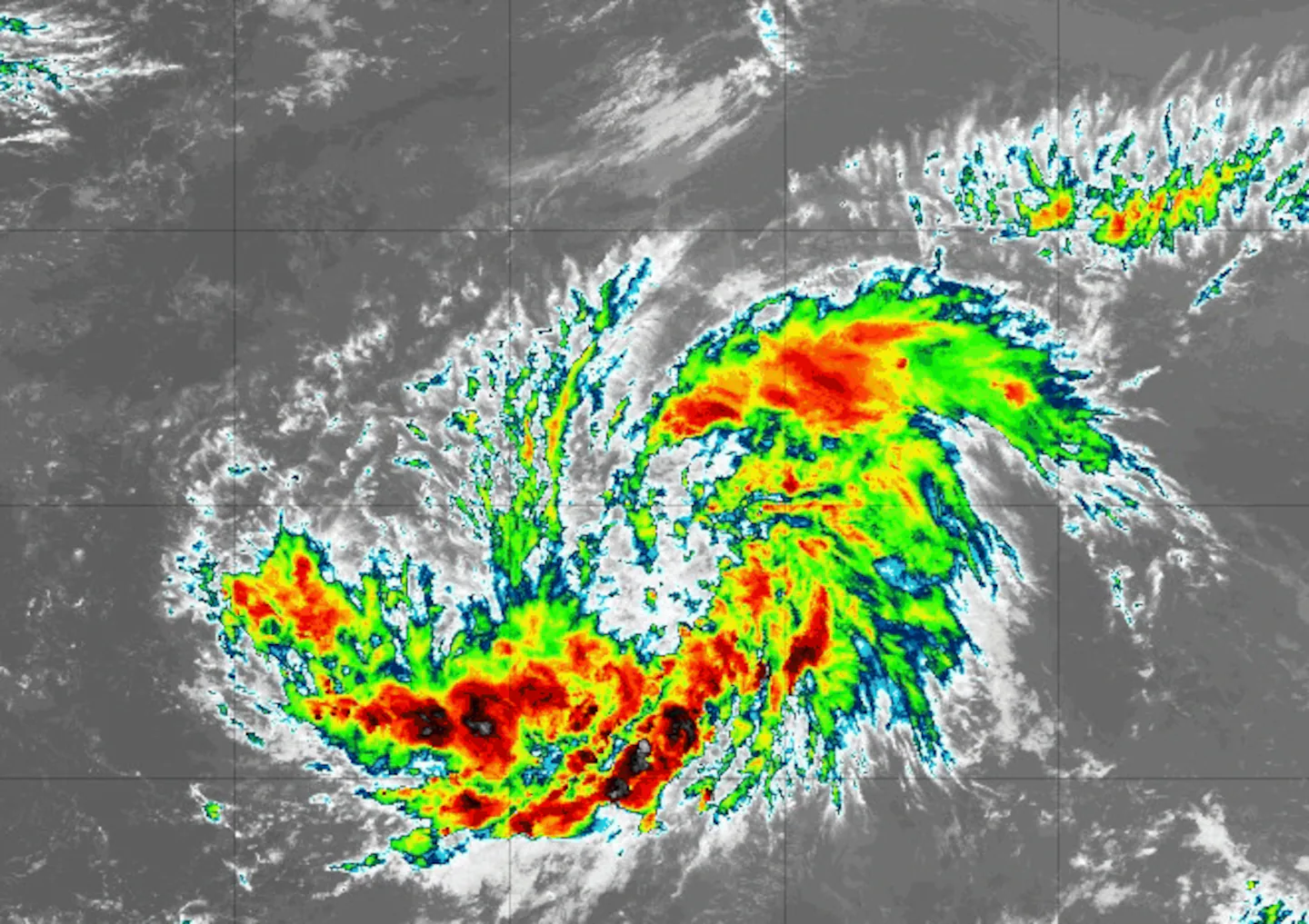
Japan could end up with its first female prime minister or its youngest leader in more than a century after a party leadership election on Saturday.
The governing Liberal Democratic Party (LDP) is voting for a new party leader after Prime Minister Shigeru Ishiba announced last month that he was stepping down.
The winner is likely to become the new prime minister of Japan, a key U.S. ally and the world’s fourth-largest economy, when parliament votes in mid-October — though it is not guaranteed since the LDP-led coalition lost its majority in both houses in the past year.
Conservative nationalist Sanae Takaichi, 64, and the more moderate Shinjiro Koizumi, 44, are the front-runners among the five candidates. Yoshimasa Hayashi, 64, who is currently the Japanese government’s top spokesperson, has also surged in public opinion polls and could end up on top.
The new LDP leader will be selected by 295 lawmakers and almost 1 million rank-and-file party members, who will be represented by another 295 votes. The top two candidates are likely to then enter a runoff.
“There’s a lot of uncertainty, but right now, polls suggest that Koizumi is in the pole position,” said Jeff Kingston, a professor of Asian studies and history at Temple University’s Japan campus.
The LDP, which has governed Japan almost uninterrupted since the end of World War II, is doing some “soul-searching,” Kingston said, after election losses spurred by a party corruption scandal as well as public dissatisfaction with the rising cost of living.
Those who think the party hasn’t done enough to root out corruption and needs a “reset” are looking for a “fresh face” and to “hand the baton to a younger, more charismatic leader” such as Koizumi, Kingston said.
Koizumi, the son of former Prime Minister Junichiro Koizumi, is a former environment minister but gained more prominence recently as agriculture minister when he was able to rein in runaway prices of rice, a staple Japanese food.
He would be Japan’s youngest leader since Hirobumi Ito, who was just a few months younger than Koizumi when he became the country’s first prime minister in 1885.
Others prefer Takaichi because she was an ally of assassinated former Prime Minister Shinzo Abe, Japan’s longest-serving leader, whose wing of the LDP has been tarnished by corruption scandals.
“Their view is that the LDP has to return to its DNA to be the right-wing conservative party, and that Takaichi is the one best positioned to sort of return to the glory of Abe,” Kingston said.
Takaichi, who has a passionate hard-line conservative base among rank-and-file party members, says one of her role models is former British leader Margaret Thatcher.
“She does project strength in the way that Margaret Thatcher projected strength, and she wants to be that kind of Iron Lady of Japan,” said Jeffrey Hall, a special lecturer in Japanese studies at Kanda University of International Studies.
But some LDP lawmakers consider Takaichi too far right, expressing concern that her nationalistic historical views could undermine relations with China, Japan’s biggest trading partner.
Moderate forces could unite behind another candidate to block Takaichi from winning, much as they did in last year’s leadership race when she lost to Ishiba.
One person who stands to benefit from that scenario is Hayashi, who like Koizumi is Ivy League-educated. Having served in almost every major cabinet post, including foreign minister, Hayashi “really stands for experience and stability,” Hall said.
All of the candidates have talked tough on immigration, an increasingly sensitive issue in Japan, where tourists are coming in record numbers and foreign-born residents make up a growing proportion of the population as the government grapples with labor shortages.
But Takaichi has taken the strongest stances, decrying the rudeness of foreign tourists and accusing them of abusing the famous deer in Nara.
“She’s definitely appealing to the online conservatives who have very strong anti-foreign feelings,” Hall said.
Koizumi, Takaichi and Hayashi all have roughly the same policy toward the U.S., “which is keeping the status quo,” he said.
At the moment, the U.S. relationship “is a huge headache for Japan,” and there are signs that the trade deal reached with President Donald Trump in July is “unraveling,” Kingston said.
The impact of Trump’s tariffs has been especially felt by Japan’s crucial auto industry, including brands popular in the U.S. such as Nissan, Honda and Toyota.
Last month the U.S. tariff on cars imported from Japan was lowered to 15% from 27.5%, the same rate the U.S. imposes on almost all Japanese goods under the deal, which has yet to be put in writing. But that is still considerably higher than the previous 2.5%.
The tariffs were lowered in part because Japan pledged $550 billion in U.S. investment, though there are disagreements between Washington and Tokyo as to what form that investment will take and how each country will benefit.
A major challenge for Japan’s next leader will be implementing the trade agreement “in a way that Trump will be satisfied,” Hall said.
“Whoever becomes prime minister will continue Japan’s foreign policy of flattering Trump and being as friendly as possible to Trump,” he said, “and not trying to have any kind of situation where they’ll have open disagreement that could cause Trump to turn on Japan in any way.”



